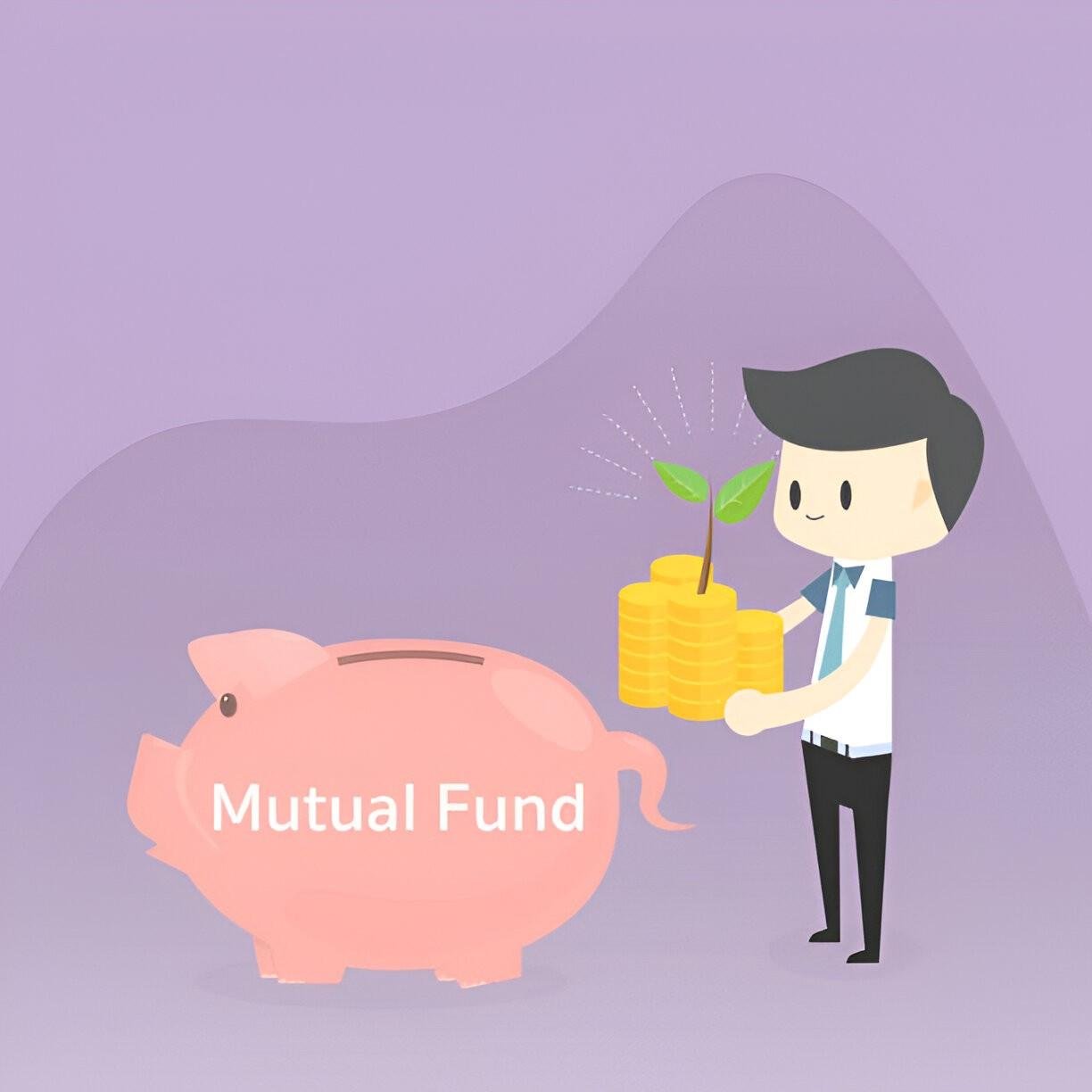As a finance and investment expert, I often get asked about tax-saving investment options. One of the most efficient tools available is the Equity-Linked Savings Scheme (ELSS), a type of mutual fund that offers tax benefits under Section 80C of the Income Tax Act. While ELSS is primarily associated with India, understanding its mechanics can help US investors compare it with similar tax-advantaged funds like Roth IRAs or 401(k)s.
Table of Contents
What Is an ELSS Mutual Fund?
An ELSS (Equity-Linked Savings Scheme) is a tax-saving mutual fund that invests primarily in equities. It comes with a lock-in period of three years, the shortest among Indian tax-saving instruments. The primary advantage? It allows investors to claim deductions up to ₹1.5 \text{ lakh} under Section 80C.
Key Features of ELSS Funds
- Tax Benefits: Up to ₹1.5 \text{ lakh} deduction under Section 80C.
- Lock-in Period: 3 years (minimum holding period).
- Equity Exposure: Invests at least 80% in stocks.
- Potential for Higher Returns: Historically outperforms traditional tax-saving options like PPF or FDs.
How ELSS Funds Work
When you invest in an ELSS fund, your money gets pooled with other investors and managed by a professional fund manager. The fund allocates capital across a diversified portfolio of stocks, aiming for long-term capital appreciation.
Example: ELSS Investment Calculation
Suppose you invest ₹50,000 annually in an ELSS fund with an expected return of 12\% \text{ CAGR}. After 10 years, your investment grows to:
FV = P \times \left( \frac{(1 + r)^n - 1}{r} \right) \times (1 + r)Where:
- P = ₹50,000 (annual investment)
- r = 12\% = 0.12
- n = 10 \text{ years}
Plugging in the values:
FV = 50,000 \times \left( \frac{(1 + 0.12)^{10} - 1}{0.12} \right) \times (1 + 0.12) \approx ₹9,89,640This shows the power of compounding in ELSS funds.
ELSS vs. Other Tax-Saving Instruments
| Feature | ELSS | PPF | Tax-Saving FD | NPS |
|---|---|---|---|---|
| Lock-in Period | 3 years | 15 years | 5 years | Till retirement |
| Returns | Market-linked (~12%) | Fixed (~7.1%) | Fixed (~6.5%) | Mixed (Debt+Equity) |
| Taxation | LTCG tax after ₹1 \text{ lakh} | Tax-free | Taxable | Partially taxable |
| Liquidity | Low (due to lock-in) | Very low | Low | Very low |
Why ELSS Over Other Options?
- Higher Growth Potential: Since ELSS invests in equities, returns can outpace fixed-income options.
- Shorter Lock-in: Only three years compared to PPF (15 years) or NPS (until retirement).
- Tax Efficiency: Only long-term capital gains (LTCG) beyond ₹1 \text{ lakh} are taxed at 10%.
Risks of Investing in ELSS
While ELSS funds offer strong returns, they come with risks:
- Market Volatility: Since they invest in stocks, NAV fluctuates with market conditions.
- Lock-in Constraint: You cannot withdraw before three years, even in emergencies.
- No Guaranteed Returns: Unlike FDs, returns are not fixed.
Mitigating Risks
- Diversify: Don’t put all tax-saving investments into ELSS; mix with PPF or NPS.
- SIP Approach: Invest via Systematic Investment Plans (SIPs) to average out market volatility.
- Long-Term View: Stay invested beyond the lock-in to maximize gains.
Tax Implications of ELSS Funds
1. Deduction Under Section 80C
- You can claim up to ₹1.5 \text{ lakh} per financial year.
2. Capital Gains Tax
- Short-Term Capital Gains (STCG): Not applicable (since holding period is always >1 year).
- Long-Term Capital Gains (LTCG): Gains above ₹1 \text{ lakh} taxed at 10% without indexation.
Example: Tax Calculation on ELSS Redemption
Suppose you invest ₹1.5 \text{ lakh} and redeem after 5 years at ₹3 \text{ lakh}.
- Profit = ₹3 \text{ lakh} - ₹1.5 \text{ lakh} = ₹1.5 \text{ lakh}
- Taxable Amount = ₹1.5 \text{ lakh} - ₹1 \text{ lakh (exemption)} = ₹50,000
- Tax = 10\% \times ₹50,000 = ₹5,000
Who Should Invest in ELSS?
- Young Professionals: Benefit from long-term equity growth.
- High-Tax Bracket Earners: Maximize Section 80C deductions.
- Investors Willing to Take Risk: Comfortable with market-linked returns.
How to Choose the Best ELSS Fund?
- Check Past Performance: Look for consistent returns over 5+ years.
- Expense Ratio: Lower ratios (<1.5%) mean higher net returns.
- Fund Manager’s Track Record: Experienced managers handle volatility better.
Top ELSS Funds (Illustrative List)
| Fund Name | 3-Year CAGR (%) | 5-Year CAGR (%) | Expense Ratio (%) |
|---|---|---|---|
| Axis Long-Term Equity | 18.2 | 15.6 | 1.02 |
| Mirae Asset Tax Saver | 20.1 | 16.8 | 0.98 |
| Parag Parikh Tax Saver | 17.5 | 14.9 | 1.10 |
Final Thoughts
ELSS funds offer a unique blend of tax savings, equity growth, and liquidity compared to traditional options. While they carry market risks, disciplined investing through SIPs can mitigate volatility. If you’re in a higher tax bracket and seek long-term wealth creation, ELSS should be part of your portfolio.





